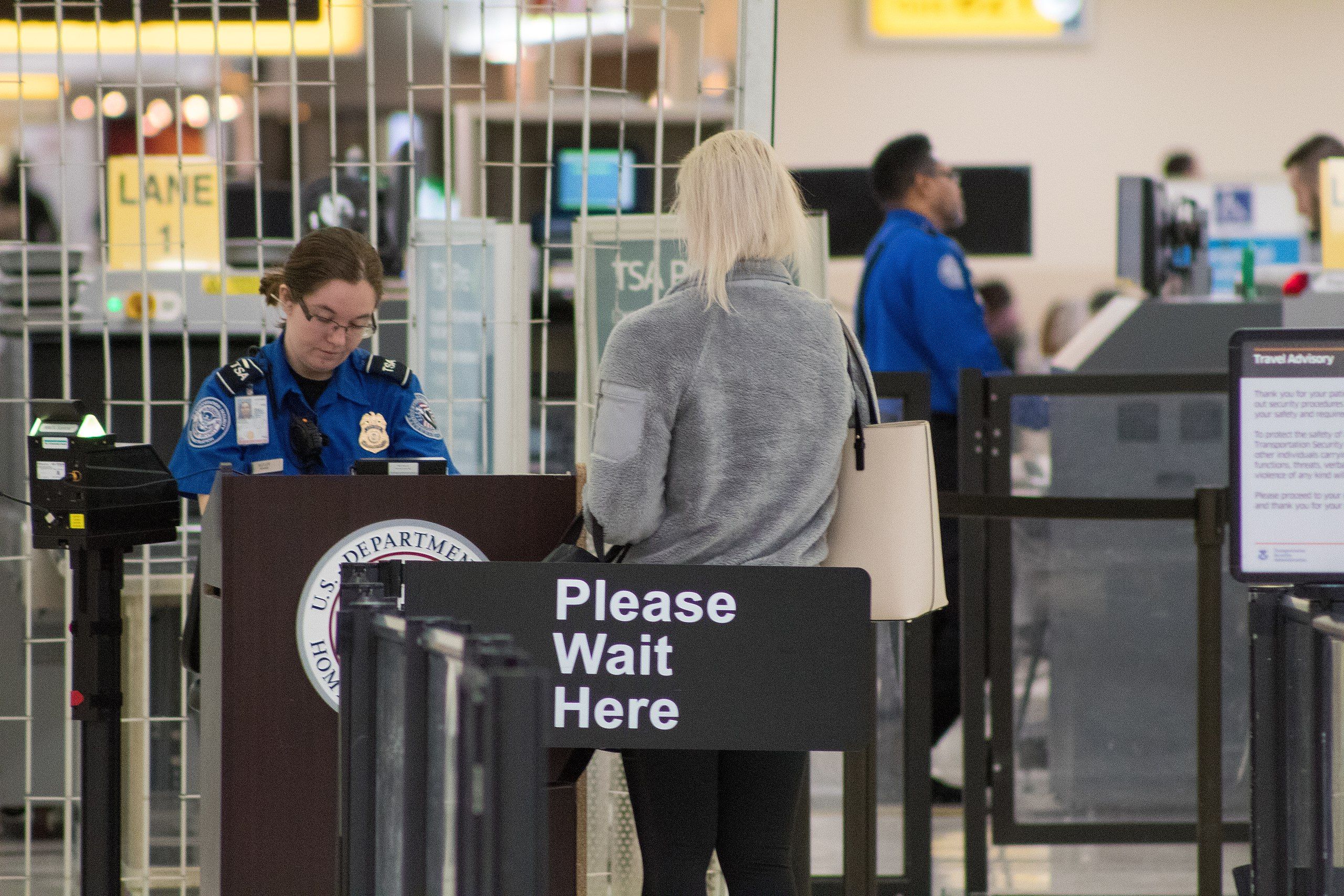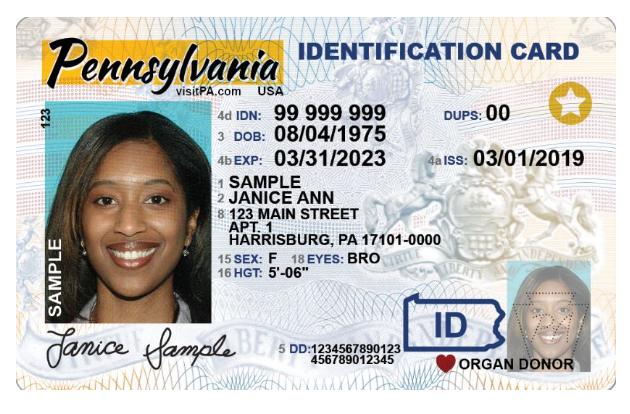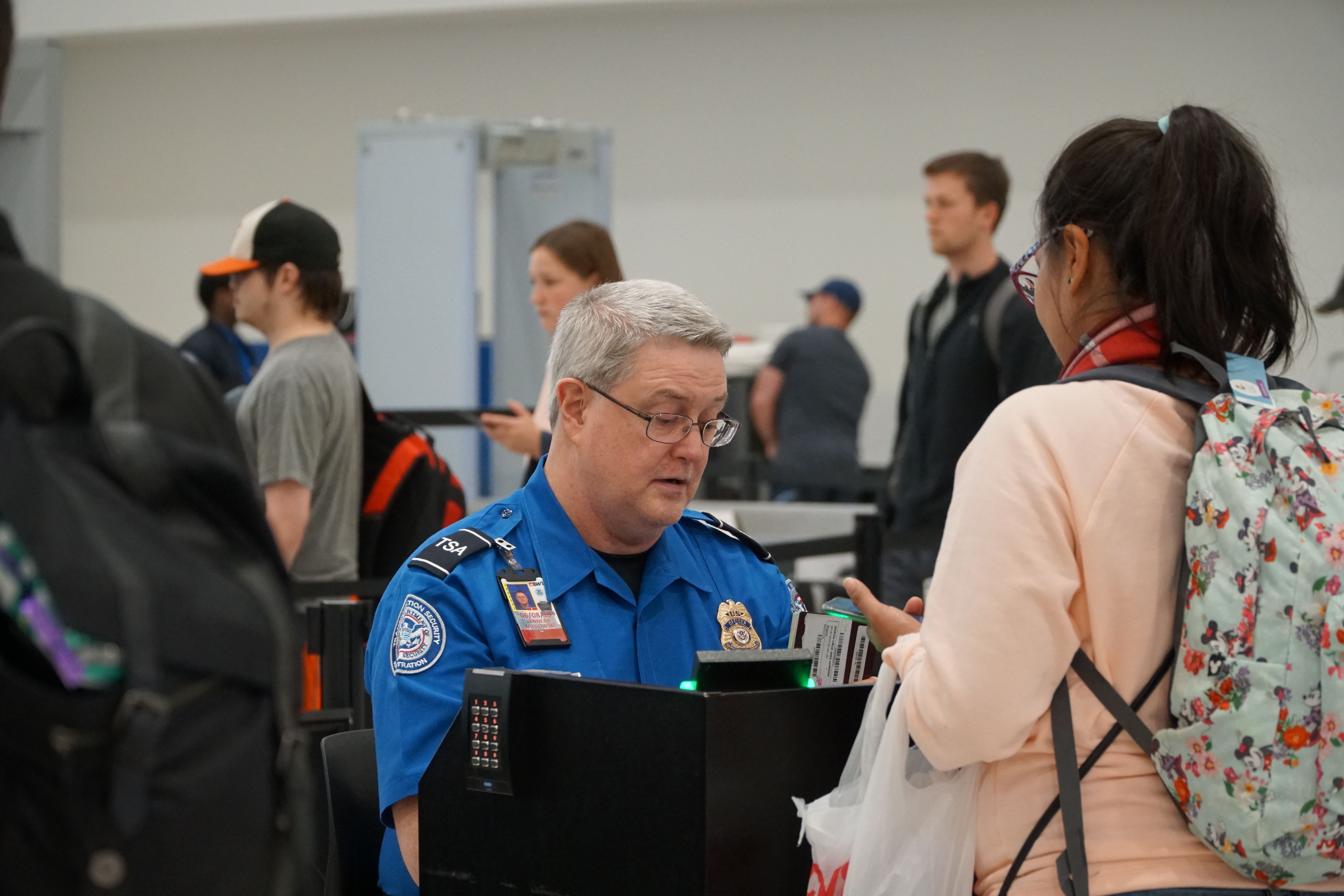The Transportation Security Administration ( TSA
) on Thursday proposed a significant delay in enforcing REAL ID requirements for domestic air travel. The Biden administration has suggested postponing full implementation until May 2027, allowing American travelers to continue flying with non-compliant IDs while gradually raising awareness of the upcoming mandate.
TSA encourages people to upgrade driver’s licenses
In a proposed federal regulation, the TSA described a “phased enforcement” plan that would include notifying travelers with non-compliant IDs and encouraging them to upgrade their driver’s licenses. The approach seeks to raise public awareness and acceptance of REAL ID while avoiding immediate problems at airports.
TSA Administrator David Pekoske emphasized that the new rule would help federal agencies and travelers adapt to the new regulations.
“TSA is engaging with the public, licensing jurisdictions, and states to facilitate a smooth transition to REAL ID enforcement beginning May 7, 2025,” Pekoske said in a press release. “REAL ID provides an important security enhancement, and this rule allows us to plan for a range of scenarios to help minimize the potential impact to travelers, industry stakeholders, and states during implementation.”
 Nowhere near enough Americans have a REAL ID
Nowhere near enough Americans have a REAL ID
While the Department of Homeland Security (DHS), the federal agency that oversees TSA, believes this approach will be more effective than further extensions, it is a surprise given the impending May 2025 deadline. With just over six months to go, many Americans still lack a REAL ID-compliant driver’s license. As of January 2024, DHS data shows that only approximately 56% of national driver’s licenses or ID cards are REAL ID-compliant. In 34 states, less than 60% of driver’s licenses or ID cards are REAL ID-compliant; in 22 states, less than 40% are REAL ID-compliant as of January 2024.
Enforcing the requirements immediately could significantly impact US airlines and airports. This push to delay full implementation is not yet official, as it is a proposed federal rulemaking that might take months or even years to become law. Without the deferral, US agencies would face significant operational interruption, poor public impact, and potential security concerns.
Why and how it works
The REAL ID Act, passed by Congress in 2005, enhances national security in the wake of the September 11 terrorist attacks. The legislation establishes minimum security standards for state-issued driver’s licenses and identification cards, which are required for domestic air travel, access to certain federal buildings, and entry into nuclear facilities.
However, the enforcement has been pushed back repeatedly. Congress set federal criteria for issuing identity cards in 2005, but enforcement has been delayed multiple times. In the years afterward, DHS has repeatedly delayed the deadline while state governments attempted to bring their identity systems into compliance with the law’s provisions. The most recent postponement pushed the date to May 2025, primarily due to the COVID-19 pandemic, which slowed down many Americans’ ability to get compliant IDs.
Photo: everythingforall | Shutterstock
Some states charge an extra fee for REAL ID. For example, Virginia charges a one-time $10 fee to get a REAL ID-compliant driver’s license or ID card in addition to the standard fees. In New Jersey, a standard driver’s license costs $24, while a REAL ID costs $35. In some states, the REAL ID fee is waived.
Additional verification steps are required when applying for or renewing a driver’s license, and it is marked with a gold star. Once fully implemented, every traveler 18 and older will need a REAL ID or an alternative form of identification.



